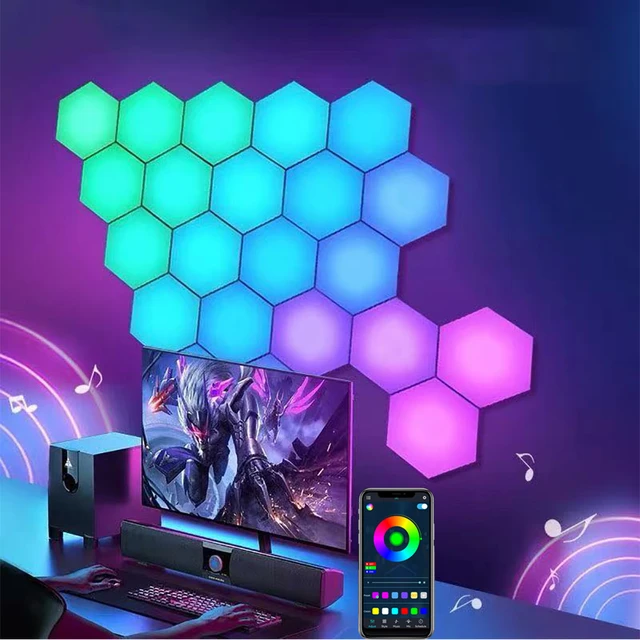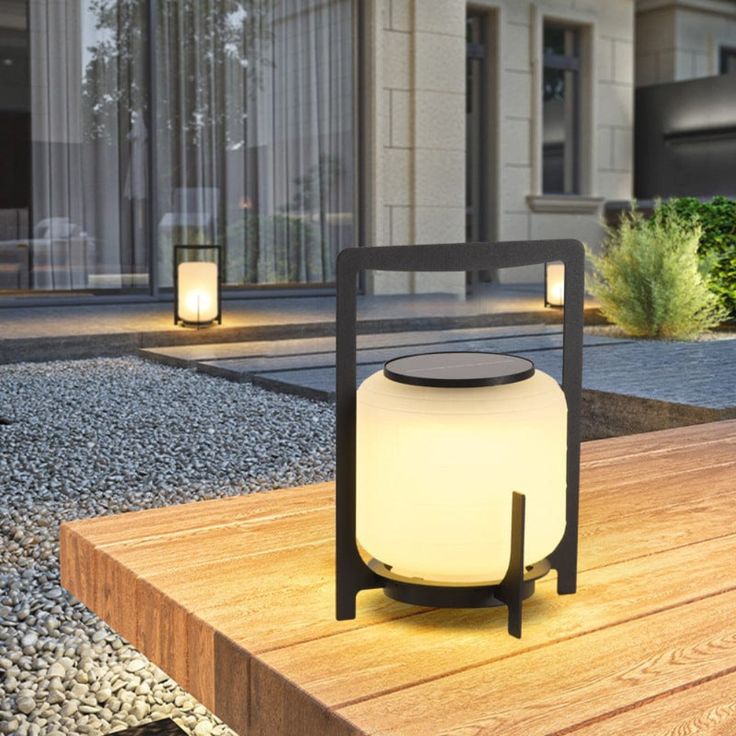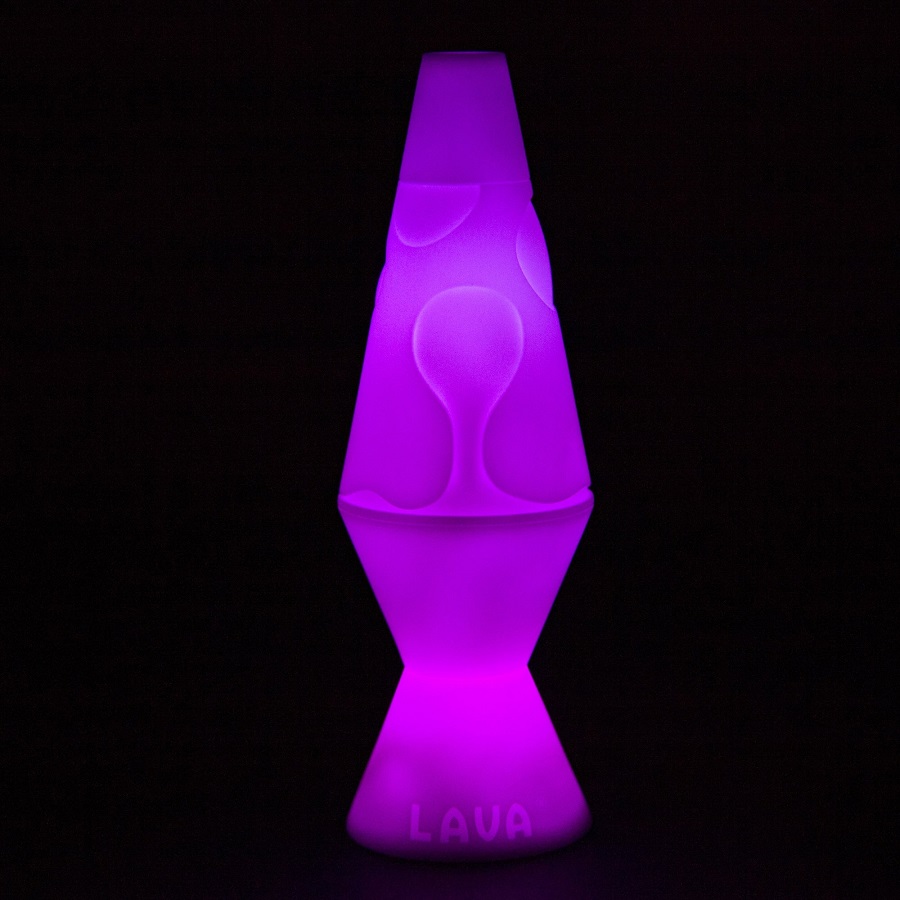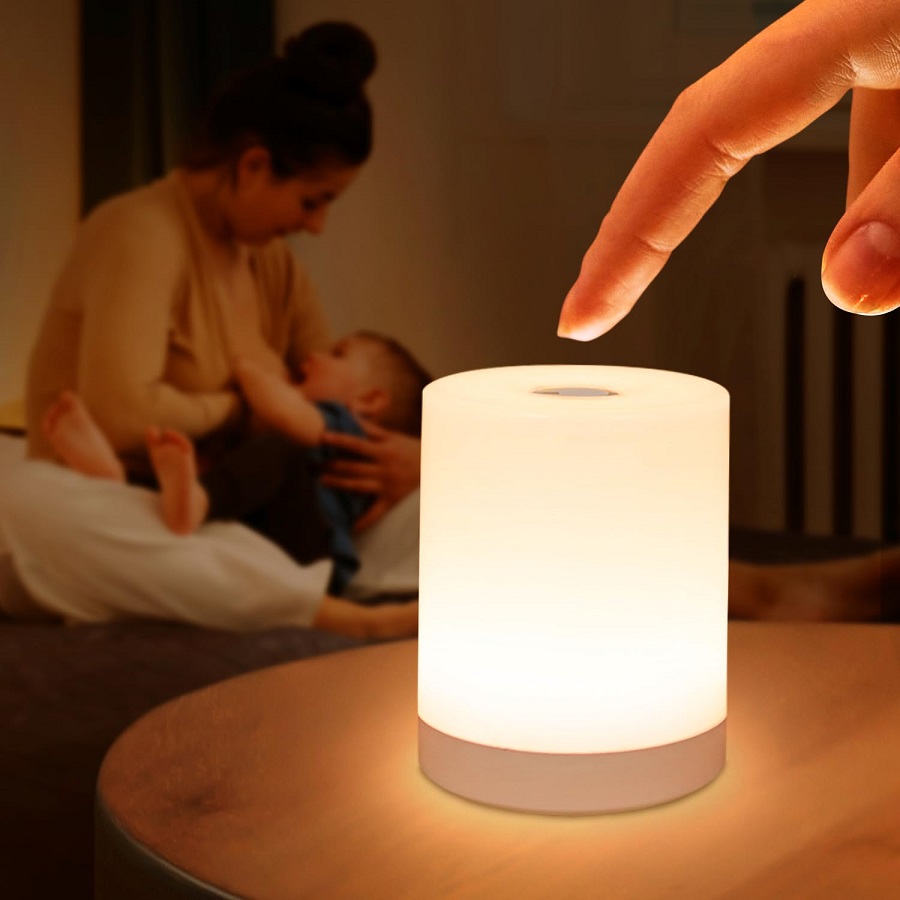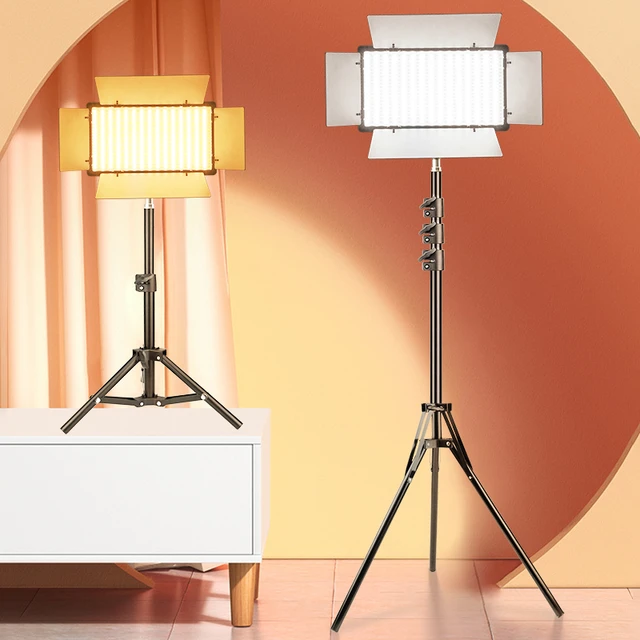 Introduction:
Introduction:
Does led light help plants grow?
The use of LED lights in indoor gardening has gained immense popularity in recent years. LED (Light Emitting Diode) lights offer various benefits, including energy efficiency and customizable light spectra. However, understanding whether LED lights truly aid in plant growth is essential for indoor gardeners. In this comprehensive guide, we will explore the relationship between LED lights and plant growth. From the advantages of LED lights to their impact on photosynthesis and plant development, this article will provide a deep understanding of how LED lights can benefit your indoor gardening endeavors.
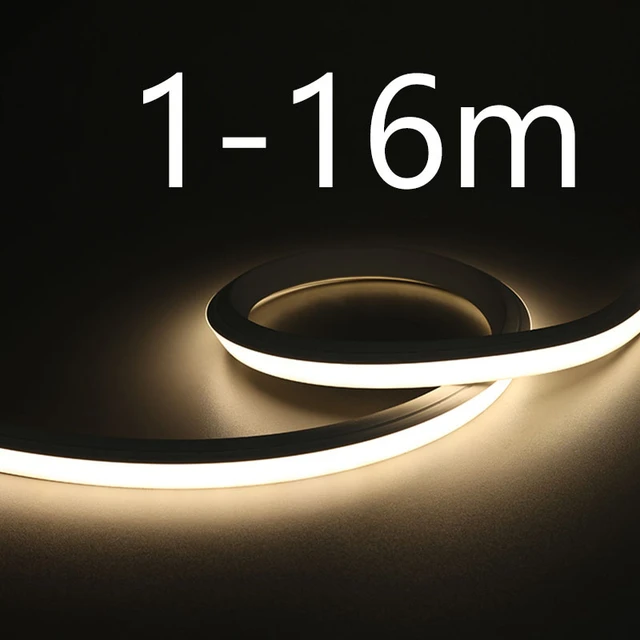 Introduction to LED Lights and Plant Growth
Introduction to LED Lights and Plant Growth
LED lights are a type of artificial lighting that can be used to supplement or replace natural sunlight in indoor gardening settings.
A. Benefits of LED Lights: LED lights offer energy efficiency, long lifespan, customizable light spectrums, and low heat emission, making them a popular choice for indoor plant growth.
B. Importance of Light for Plants: Light plays a crucial role in photosynthesis, the process by which plants convert light energy into chemical energy, enabling their growth and development.
Understanding the Light Spectrum
Does led light help plants grow?
Different wavelengths of light affect plant growth in various ways, and LED lights can be customized to deliver specific light spectrums.
A. Photosynthetically Active Radiation (PAR): PAR refers to the spectral range of light that plants utilize for photosynthesis, mainly consisting of red and blue wavelengths.
B. Light-Emitting Diodes and Spectral Control: LED lights can be designed to emit specific wavelengths of light, allowing gardeners to tailor the light spectrum to the specific needs of their plants.
LED Lights and Photosynthesis
The impact of LED lights on photosynthesis and plant growth is highly dependent on the light spectrum provided.
A. Red Light: Red light promotes photosynthesis and is crucial for triggering the flowering and fruiting stages of plant growth.
B. Blue Light: Blue light affects plant development, influencing factors such as leaf size and shape, stem elongation, and chlorophyll production.
C. Combined Light Spectrums: Utilizing a combination of red and blue light can provide a balanced light spectrum that enhances overall plant growth.
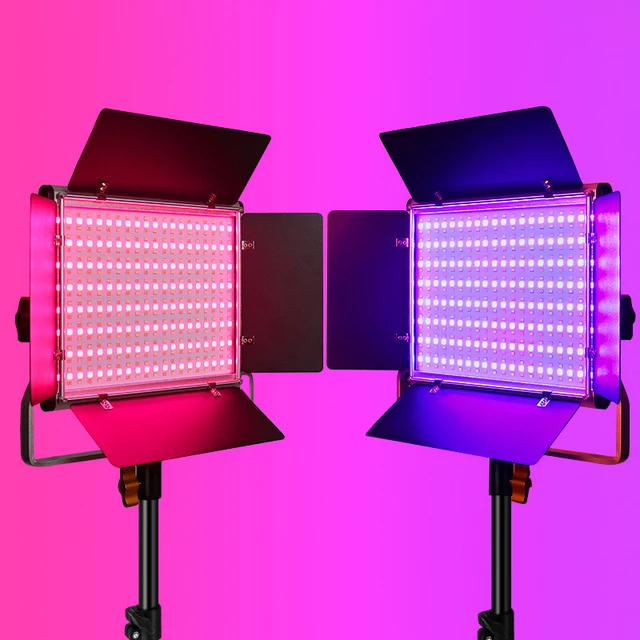 Advantages of LED Lights in Indoor Gardening
Advantages of LED Lights in Indoor Gardening
LED lights offer several advantages that make them highly beneficial for indoor gardening.
A. Energy Efficiency: LED lights consume significantly less energy compared to traditional lighting options, resulting in lower electricity bills and reduced environmental impact.
B. Long Lifespan: LED lights have a longer lifespan, reducing the need for frequent replacements and maintenance.
C. Low Heat Emission: LED lights produce minimal heat, allowing them to be placed close to the plants without the risk of burning or damaging foliage.
D. Customizable Light Spectra: LED lights can be tailored to emit specific wavelengths, replicating sunlight and meeting the specific light requirements of different plants.
Considerations for Using LED Lights
While LED lights offer significant advantages, certain considerations should be kept in mind when using them for indoor gardening.
A. Light Intensity and Duration: Achieving the optimal light intensity and duration for different growth stages is crucial for plant health and productivity.
B. Proper Light Placement: Positioning the LED lights at an appropriate distance and angle plays a role in ensuring uniform light distribution and preventing light burn.
C. Plant Species and Requirements: Different plant species have varying light requirements, and understanding the specific needs of your plants will help you tailor your LED lighting setup accordingly.
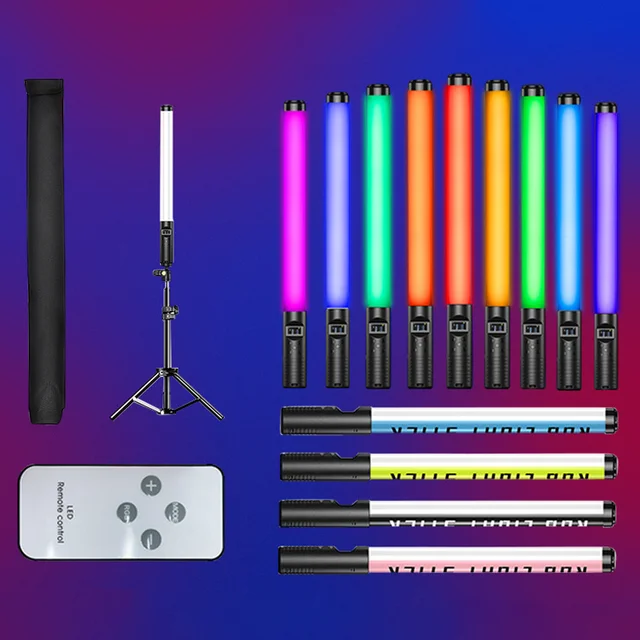 Some common types of LED lights:
Some common types of LED lights:
There are several types of LED (Light Emitting Diode) lights available, each with its own features and applications. Here are some common types of LED lights:
LED Bulbs:
LED bulbs are designed to replace traditional incandescent or CFL bulbs. They come in various shapes (A-shape, globe, MR16, etc.) and base types (E26, E27, GU10, etc.). LED bulbs are energy-efficient, long-lasting, and offer a wide range of color temperatures.
LED Tubes:
They are used to replace fluorescent tubes in commercial and residential settings. They provide energy savings, better light quality, and longer lifespan compared to traditional fluorescent tubes. LED tubes are available in different sizes, including T8, T5, and T12.
LED Strip Lights:
They consist of a flexible circuit board with mounted LED chips. They are versatile and can be cut and bent to fit various applications. LED strip lights are commonly used for accent lighting, backlighting, and decorative purposes.
LED Downlights:
Also known as recessed lights or pot lights, are installed in ceilings to provide general or focused lighting. They are popular for their sleek, low-profile design and energy efficiency. LED downlights come in various sizes, beam angles, and color temperatures.
LED Spotlights:
They are directional lights used to highlight specific areas or objects. They are commonly used for accent lighting or task lighting. LED spotlights come in different beam angles and can be adjusted for desired lighting effects.
LED Floodlights:
They are designed to provide intense, broad coverage of light. They are commonly used for outdoor applications such as security lighting, sports fields, or architectural lighting. LED floodlights offer energy efficiency and are available in different wattages and beam angles.
LED Panel Lights:
The are flat, slim, and lightweight fixtures used as an alternative to traditional fluorescent ceiling lights. They provide uniform and glare-free illumination, making them suitable for offices, schools, hospitals, and commercial spaces.
LED Grow Lights:
LED grow lights are optimized for growing plants indoors. They provide the specific light spectrum necessary for photosynthesis and plant growth. LED grow lights are energy-efficient and customizable to cater to different plant requirements.
These are just a few examples of the various types of LED lights available. Each type has its own specific characteristics and applications, allowing for a wide range of lighting options to suit different needs and preferences.
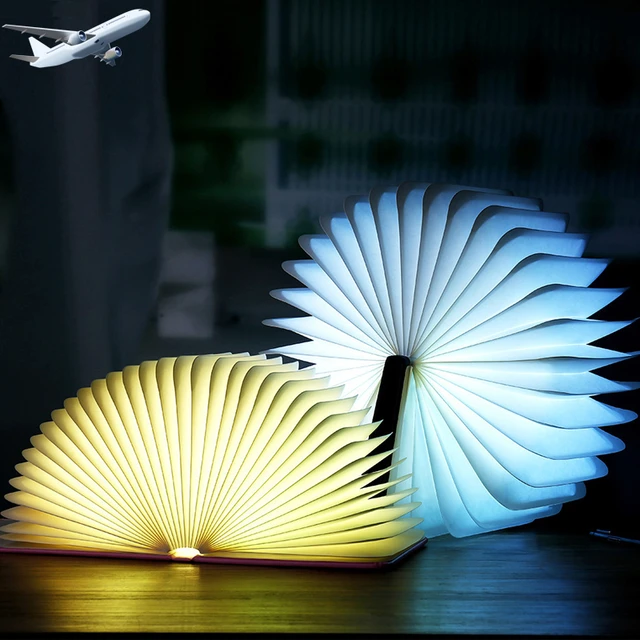 Conclusion
Conclusion
Does led light help plants grow?
LED lights offer a multitude of benefits and can effectively aid in plant growth in indoor gardening settings. By understanding the light spectrum, the importance of photosynthesis, and the advantages of LED lights, you can harness their potential and optimize the growth and development of your plants. Considering factors such as light intensity, duration, and the specific requirements of your plants will further improve the success of your indoor gardening endeavors. So, embrace the wonders of LED lights and witness the vibrancy and vitality they bring to your indoor garden.
